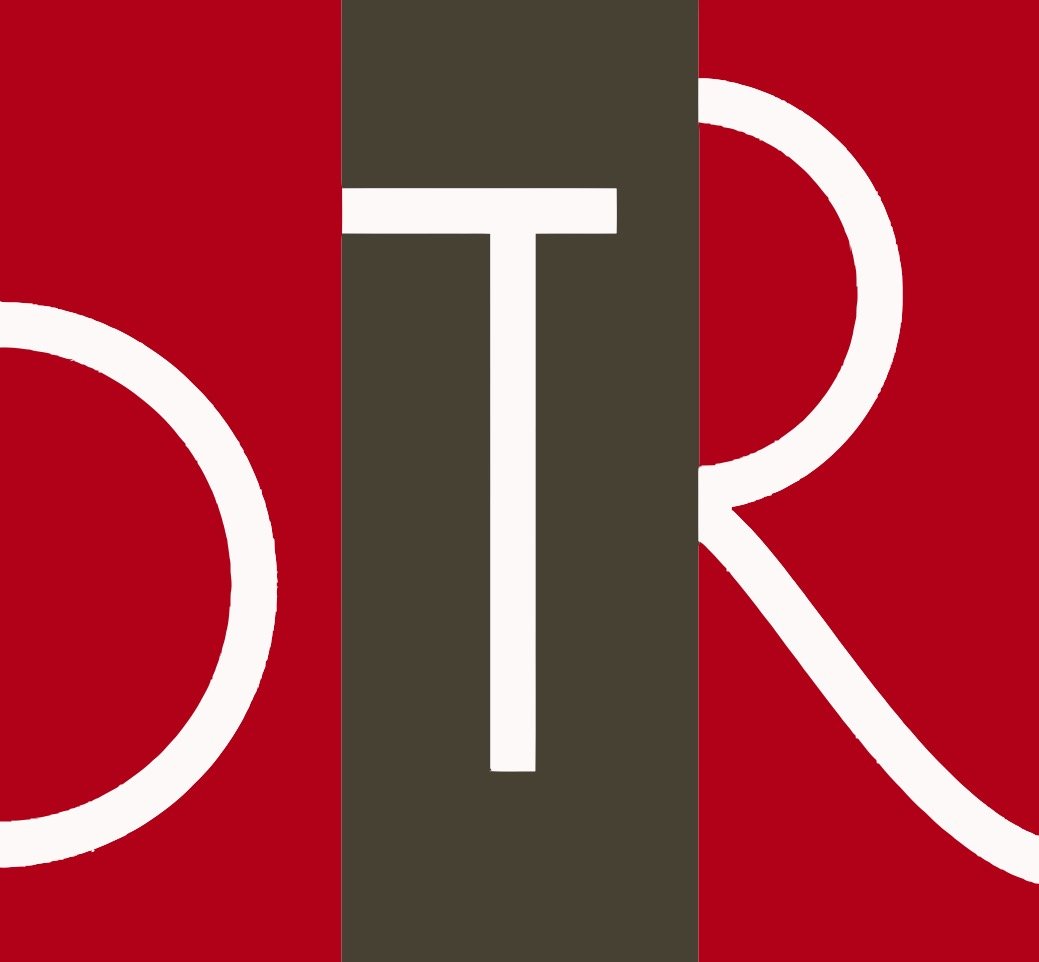PAUL GAUGUIN
Paul Gauguin was born in Paris, France to journalist Clovis Gauguin and half-Peruvian Aline Maria Chazal, the daughter of proto-socialist leader Flora Tristan. In 1851 the family left Paris for Peru, motivated by the political climate of the period. Clovis died on the voyage, leaving three-year old Paul, his mother and his sister to fend for themselves. They lived for four years in Lima, Peru with Paul's uncle and his family. The imagery of Peru would later influence Paul in his art.
ABOUT PAUL GAUGUIN
Gauguin is also considered a Post-Impressionist painter. His bold, colorful and design oriented paintings significantly influenced Modern art. Gauguin's influence on artists and movements in the early 20th century include Henri Matisse, Pablo Picasso, Georges Braque, André Derain, Fauvism, Cubism, and Orphism among others. John Rewald, one of the first art historians to focus on the birth of modern art, wrote about Post-Impressionism in his pioneering publication called Post-Impressionism: From Van Gogh to Gauguin (1956). Rewald considered it as a continuation of his earlier volume History of Impressionism (1946).
In his book about the Post-Impressionists he limited the scope to the years between 1886 and 1892. Rewald mentioned that a "subsequent volume dedicated to the second half of the post-impressionist period" - Post-Impressionism: From Gauguin to Matisse - was to follow, extending the period covered to other artistic movements of the late 19th and early 20th centuries, unfortunately he did not complete that volume. An interesting essay by John Rewald entitled Paul Gauguin-Letters to Ambroise Vollard and André Fontainas, (included in John Rewald Studies in Post-Impressionism, published by Abrams in 1986), discusses Gauguin's years in Tahiti, and the struggles of his survival as seen through correspondence with the dealer Vollard and others.


